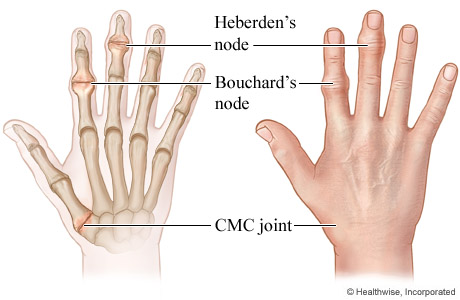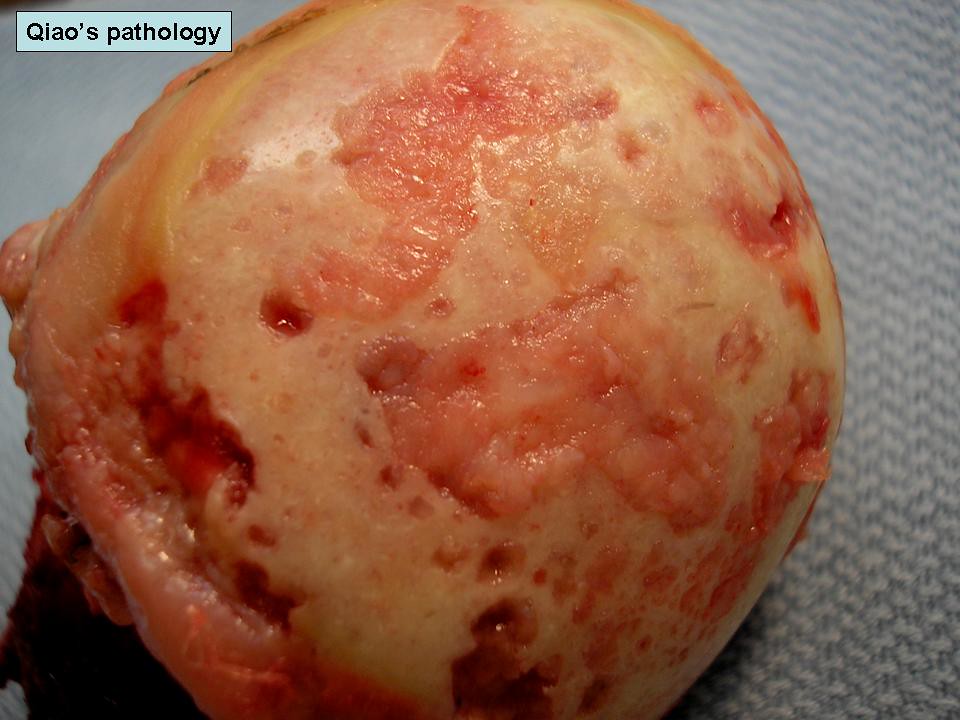Arthritis
Published: 5/25/2024
Introduction
Arthritis is, in simple terms, inflammation of joints. There are many types (Over a hundred) of arthritis, but the most common are:
- Osteoarthritis
- Gouty arthritis
- Psuedo-Gouty arthritis
- Idiopathic juvenile arthritis
- Rheumatoid arthritis
Osteoarthritis
Osteoarthritis is probably, the most common type of arthritis. It is common in senile individuals above 60, and that’s largely due to the fact that it’s main cause is “wear and tear”. It is mainly in weight bearing joints such as hips, knees, feet, etc., but also happens in small joints such as the wrist joint.
Risk factors
There are multiple risk factors including:
- Aging
- More common in females
- Obesity
- Genetic predesposition
Features and Etiology
Osteoarthritis starts off with joint pain, swelling and stiffness. The main factors attributed to these symptoms can be summarised in the word LOSS:
- L: Loss of joint space
- O: Osteophytes
- S: Subchondral cysts
- S: Subchondra sclerosis
There’s also one defining feature that can be used in a differential diagnosis, which is Heberden nodes and Bouchard’s nodes. These nodes are bony swelling due to osteoathritis that manifest in the interpharyngeal joints of the fingers.

The primary cause of this disease may likely have to do with age and genetics, but other important factors include, joint abuse or trauma, occupations that overuse certain joints, menopause in women, etc.
Pathology
Osteoarthritis starts by inflammatory activation due to sustained wear and tear of the articular cartilage. This leads to activation of ostoeclasts which form subchondral cysts. Osteophytes form like the one’s in Heberden’s nodes and Bouchard nodes. The Synovial membrane starts to swell up and become edematous, while the ligaments and menisci degenerate. The inflammation can lead to other complications in the soft tissues surrounding the joint, leading to limited movement and ankylosis.
Histopathology
This is the gross morphology of a hip joint with osteoarthritis. Multiple spots appear to be eroded, and many indentations are the subchondral cysts.

This diagram shows the histology of normal and pathologic synovial joints.
Rheumatoid Arthritis
RA is another famous joint disease that is described as a chronice progressive inflammatory joint disease affecting mostly adults (More common in females). It is characterized by early bilateral symmetrical affection of small joints like those of the hands then progressing to the knees, ankles and other joints.
Complications
RA can lead to ankylosis, amyloidosis or other immmune related diseases, leucopenia, splenomegaly, etc.
Features
The synovium becomes:
- Edematous
- Congested
- Hyperplastic
- Finger-like projections
Conclusion
In conclusion, arthritis is an important disease to study as it’s relatively common and has many different manifestations, including Osteoarthritis, Rheumatoid Arthritis and others.
